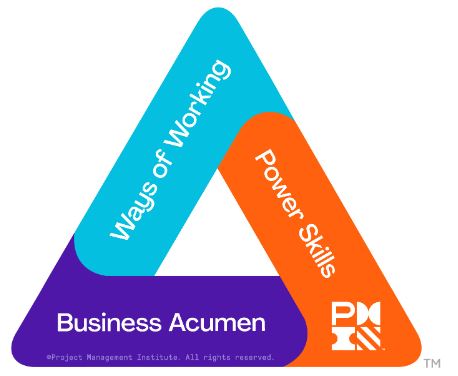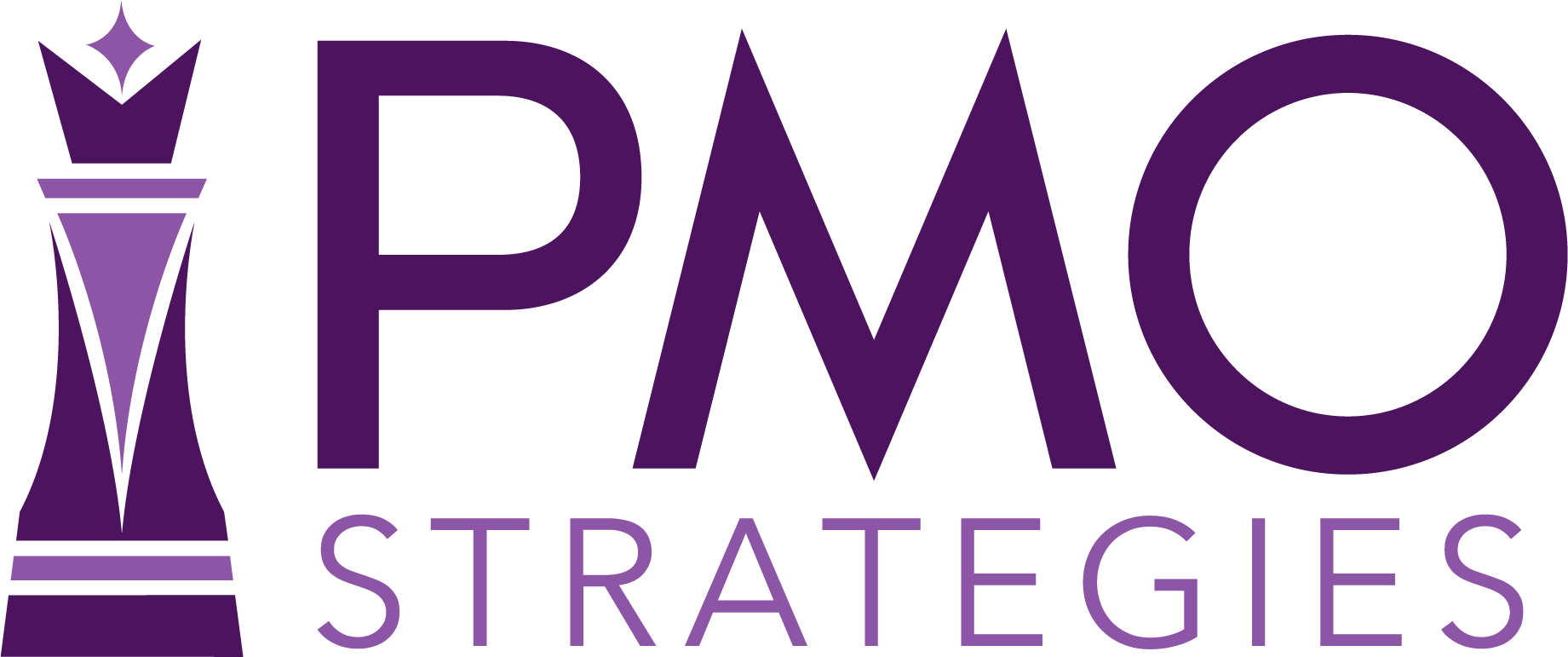In today’s fast-paced business environment, PMOs and project managers often find themselves caught in the classic project management triangle of time, scope, and cost. While these metrics are important for tracking progress, focusing too much on them can actually prevent your projects from delivering the real value your business needs. This concept, which I call being “trapped in the triangle,” is a common mistake that can derail your efforts to drive true business impact.
In this episode, we dive deep into why this happens and what you can do to avoid it.
Samantha’s Story: The Trap of the Triple Constraint
Let’s take a closer look at Samantha’s journey, a PMO leader who found herself trapped in this exact situation. After years as a project manager, Samantha was promoted to lead her organization’s first PMO. She was eager to prove herself and quickly implemented strict processes to manage projects according to the classic triple constraint—time, scope, and cost.
Samantha’s focus was laser-sharp on ensuring every project adhered to these metrics. She set up a rigid change control process that effectively said “no” to any changes, regardless of the project’s evolving needs. At the time, it seemed like the right approach. After all, she was hitting her deadlines, keeping projects within budget, and avoiding scope creep. But this narrow focus on project management metrics was actually causing a bigger problem.
Why the Triple Constraint Alone Isn’t Enough
While Samantha was successfully managing time, scope, and cost, she wasn’t paying attention to the real goal of each project: delivering business value. Her stakeholders, including the executive team, were not satisfied with the outcomes because the projects weren’t meeting the business’s evolving needs.
What went wrong? The projects were failing to deliver features that the business desperately needed to remain competitive, and by focusing too much on avoiding changes, Samantha was missing the bigger picture. The organization missed market opportunities, lost customers, and failed to meet its strategic objectives.
This situation illustrates a common trap. Many PMO leaders and project managers believe that if they just manage to time, scope, and cost, they will be successful. But in reality, those metrics are only one part of the equation.
The Real Measure of Success: Business Outcomes
Projects are initiated not just to be completed but to achieve specific business goals. The real measure of success is not just delivering projects on time and within budget but whether those projects actually move the business forward. Whether it’s entering a new market, increasing revenue, or improving customer satisfaction, the business outcomes are what truly matter.
Here’s what Samantha could have done differently: instead of focusing solely on project constraints, she should have been laser-focused on how those projects contributed to the organization’s larger goals. And that’s the lesson we all need to learn as project and PMO leaders.
Breaking Free from the Triangle
📌Here’s how you can avoid being trapped in the triangle:
✔️ Define Success with Your Stakeholders: Before any project kicks off, sit down with your stakeholders and ask them to define what success looks like from their perspective. What business goals are they trying to achieve? What results matter most when the project is complete? If you don’t know what the business needs from your project, how can you deliver it?
✔️ Focus on Value, Not Just Deliverables: Throughout the project, keep asking, “Are we delivering value?” It’s not enough to meet deadlines or complete tasks; your deliverables need to solve the right problems. If the project isn’t helping your business reach its strategic goals, then it’s time to re-evaluate.
✔️ Challenge Traditional Metrics: If your organization is heavily focused on metrics like Earned Value Management (EVM) or tracks success based solely on the triple constraint, start conversations about what those metrics are truly telling you. Are they measuring progress or real success? You may want to suggest adding new metrics, such as customer satisfaction or business impact, to better gauge the success of your projects.
Your Role as a Strategy Navigator
When you shift your focus from outputs (completing tasks) to outcomes (achieving business goals), you elevate yourself from being a project manager to becoming a true business leader. You’re not just ensuring that tasks are completed; you’re driving meaningful change in the organization.
This is the essence of being a Strategy Navigator—helping your company accelerate the delivery of its strategy and achieve its business goals. And that’s what we focus on in the IMPACT Engine System™.
If you want to dive deeper into these concepts, I encourage you to grab a copy of my book,
IMPACT Engine Book. I walk you through how to avoid common project pitfalls, like being trapped in the triangle, and show you how to truly align your projects with your organization’s strategic objectives.

 hanks for taking the time to check out the podcast!
hanks for taking the time to check out the podcast!








